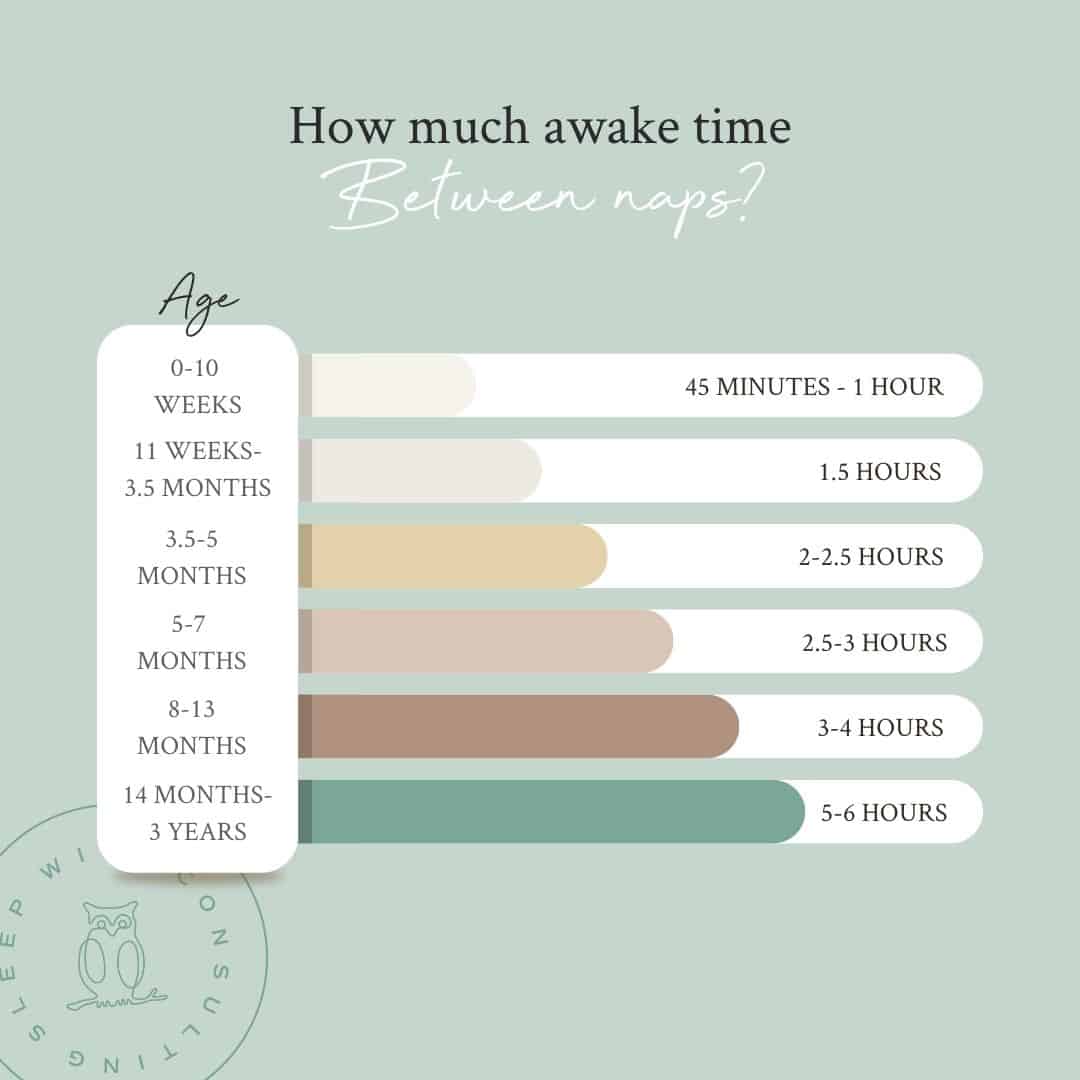Going Out to Dinner with Kids While on a Sleep Schedule
6 Baby Sleep Tips for a Better Night
Want to know the secret recipe for getting your baby to sleep through the night? So does every other parent of a little one. There is no secret formula to help a baby sleeping through the night – each child has their own unique sleep needs. However, there are simple, strategic steps you can take to help guide your child towards longer stretches of sleep. The key to good sleep (for all of us!) requires some simple planning all day long. Here are 6 baby sleep tips Sleep Wise Consultants recommend to all the families we work with.
Baby Sleep Tip #1: Don’t Keep Your Baby Awake Too Long
Parents often think that if their child is struggling to sleep at night, then they aren’t tired. As a result they keep their child awake for longer stretches. A well-rested baby will actually sleep better; overtiredness is one of the biggest enemies of sleep. This is such an important topic that we dedicated an entire blog to breaking it down.
This graphic shows some general guidelines for the amount of awake time your little one should have between sleep times:

Use this as a guide for how long your child should be awake between sleeps. In order to prevent overtiredness, put your child down for a nap before they are too tired, and don’t extend their time awake much beyond these recommendations. That will help at bedtime as well.
Sleep Tip #2: Eliminate The Feeding-Sleeping Association
Feeding-sleeping association is pretty common amongst babies over 3 months old. They are used to nursing or bottle feeding to sleep, especially since it is impossible to separate the two in those early weeks of baby’s life.

But that works against you in the wee hours of the night when they wake up and need that same comfort to fall back to sleep, because feeding and sleeping are inseparable partners in their mind.
By feeding your child right after nap time and at the start of the bedtime routine, you help break that feeding to sleep association and ensure that baby has full belly for a longer stretch of sleep at night. With consistency, your baby will begin to be able to fall back asleep when they wake up between sleep cycles.
Baby Sleep Tip #3: Be Predictable & Boring
You’ve probably noticed that your little one loves a routine. Routines provide a reliable rhythm to their day and offers comfort. Doing the same things in the same order is security. By creating a predictable rhythm for your baby in the 20-30 minutes before sleep every bedtime lets them know sleep time is coming and helps prepare them for it.
For instance, have a bottle or nurse, take a warm bath, get in jammies, read a story, and say goodnight. Just like that, the same way at the same time each day. And keep it boring. No extra excitement before bed. This is an intentional time to wind down before sleep, so those final minutes before bed should be particularly calming.
Sleep Tip #4: Keep It Dark
Our bodies know that we sleep when it’s dark because that’s the natural order of things. So whether it’s nap time or bedtime, keep your baby’s room as dark as possible. Consider blackout curtains and blinds, but also be aware the nightlights and clocks that glow can also disrupt sleep. Teaching your baby from the get go that the dark is a great place to rest will help them keep this habit as they get older. Little ones who nap in a dark room will nap better and longer, as well.
Baby Sleep Tip #5: Consistent Place
Just like your child does best with a predictable routine, your baby will sleep through the night better if he is sleeping in the same place at the same time, too. Your child should be able to know “sleep happens here,” regardless of nap time or bedtime. Try to avoid sleeping in stroller, car seats, or your arms more than 20% of the time, if you want them to sleep well, longer, and fall asleep better.
Also, they will ideally fall asleep where they’ll stay asleep. That will alleviate any shock from falling asleep in Mama’s arms and waking up in a different place.
Sleep Tip #6: Understand & Connect Sleep Cycles
Last but certainly not least, this baby sleep tip is critical to your child’s sleep success. A sleep cycle lasts approximately 45 minutes and it’s normal to wake up at the end of each one. For adults, that time between sleep cycles is so slight you won’t even remember it in the morning. But for a baby? Well, it can be hard to connect sleep cycles and fall back to sleep. If your baby isn’t used to self-soothing in any way and relies on you to rock or feed them to sleep, they’ll cry for you at those times to assist them in falling back to sleep.
When you’re working on helping them sleep better, it can help to pause and observe your baby first. Are they changing positions? Are they self-soothing in order to lengthen their nap? In time, he will learn to settle back to sleep on his own.
If you start applying these six simple steps today, your baby can start sleeping better in no time. Baby sleep is complex, so if you’re still getting stuck, reach out for a free call. There might be something you’re missing that we can identify!


